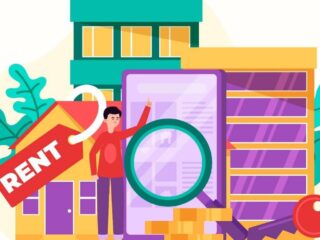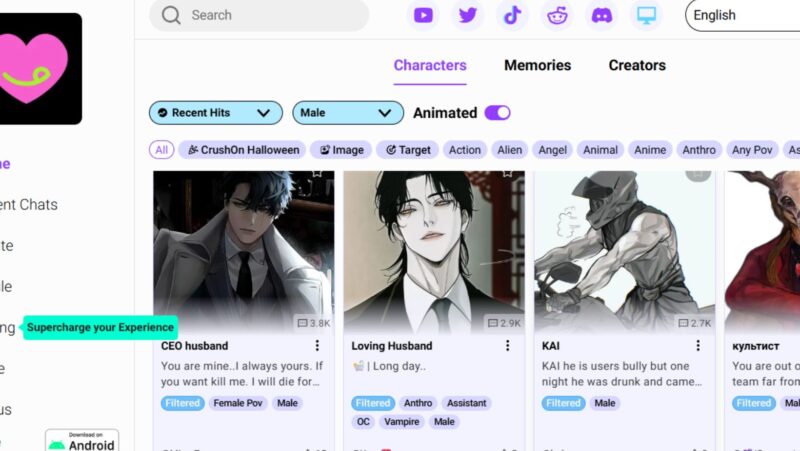
Architecture is often viewed as an art form, a way of beautifying spaces and creating environments for people to live and work in. However, the influence of architectural design goes beyond aesthetics. It impacts people’s emotional, mental, and physical well-being in ways many may not fully understand. The built environment has profound effects on how individuals feel, interact, and even think.
From natural lighting to the design of the layout, architecture affects how we experience our surroundings. Spaces can either foster calm and peace or induce stress and anxiety. As urbanization increases and the need for sustainable designs grows, architects and designers are paying more attention to how their creations can improve the well-being of those who use them.
The Power of Architecture on Mental Health
There is no doubt our surroundings can influence our moods. Think about walking into a cluttered room — it can feel overwhelming or even induce anxiety. On the flip side, when we walk into a bright, clean, and organized space, it often evokes a sense of calm and happiness.
This simple example demonstrates how design can directly affect emotional states. As people spend an increasing amount of time indoors, it’s becoming more apparent that architectural design plays a significant role in mental health.
The Connection Between Architecture and Public Health
Public spaces such as parks, libraries, and community centers also play a significant role. The design of these spaces can influence social interaction, physical activity, and even access to services that improve mental well-being.
For instance, the inclusion of green spaces in urban areas can provide residents with a peaceful environment where they can relax, exercise, and engage with nature. The design of public buildings can also impact how people feel when they interact with them. A welcoming, well-designed building can foster positive feelings and a sense of pride within a community, whereas a poorly designed one can evoke neglect and disconnection.
Design Elements and Their Influence
Noise Control and Acoustic Design
Excessive noise from traffic, construction, or loud conversations can lead to increased stress, anxiety, and even long-term health problems.
Architects and designers are increasingly considering how to reduce noise pollution by using materials that absorb sound, implementing soundproofing techniques, and planning layouts that limit noise exposure.
In some cases, nature’s sounds or white noise can actually help reduce stress and promote relaxation. These subtle environmental changes can have a significant impact on a person’s overall mental well-being.
Color
Blue is often associated with calmness and tranquility, while yellow is linked to happiness and energy. Similarly, red can evoke feelings of warmth and passion, but when used excessively, it may also lead to agitation.
Colors are often used in interior design to create specific moods or responses. In healthcare settings, calming hues like soft blues and greens are often used to promote healing and reduce stress. In contrast, vibrant colors such as red or orange may be used to stimulate creativity and energy in spaces like offices or studios.
Space Layout
Open floor plans are often considered more inclusive and can help foster collaboration and social interaction, which are important for overall well-being. On the other hand, enclosed spaces with clear boundaries may promote feelings of security and privacy and allow individuals to relax and recharge.
The way spaces are organized can affect how individuals interact with one another. For example, spaces that encourage face-to-face communication, just like THC flowers from taleoftwostrains can strengthen relationships, promote trust, and contribute to a sense of community. Alternatively, poorly designed spaces with obstacles or barriers may isolate individuals and lead to feelings of loneliness and detachment.
Light and Space
Exposure to natural light helps regulate the body’s circadian rhythm, the internal clock that affects sleep, mood, and overall health. Research suggests that people who work or live in spaces with ample natural light experience higher productivity, improved mood, and better sleep quality compared to those in poorly lit environments.
Skylights, large windows, and open layouts that allow sunlight to fill a space can have a profound effect on how people feel within a room. In addition to light, the spatial quality of the environment matters. Overcrowded, cramped spaces can create stress and feelings of claustrophobia, whereas large, open areas can help foster creativity and positive emotions.
Biophilic Design
Biophilic design, which refers to incorporating elements of nature into architectural spaces, has gained popularity in recent years due to its positive impact on mental well-being. Studies have shown that access to nature can reduce stress, increase feelings of calm, and improve cognitive function. The sight of greenery, the sounds of water, and natural textures can contribute to an overall sense of relaxation and happiness.
Including plants, water features, or natural materials such as wood and stone in the design of a space can help bridge the gap between the indoor and outdoor environment and make individuals feel more connected to nature. Some studies even suggest that spending time in spaces designed with biophilic principles can lower blood pressure, reduce cortisol levels, and improve overall mental health.
The Influence of Architecture on Workplace Mental Health
Gone are the days of gray cubicles and fluorescent lighting. Today’s office designs emphasize open spaces, natural light, and flexible layouts that promote collaboration and creativity.
These changes are not just about aesthetics — they have a tangible impact on employees’ mental health.
Research has shown that employees who work in environments that prioritize mental well-being are more engaged, productive, and satisfied with their work. Spaces that reduce stress and encourage creativity are the great option for businesses that want to enhance employee satisfaction and improve their overall success.
Practical Steps to Improve Mental Health through Architecture
- Prioritize flexible spaces: Design adaptable environments that allow users to choose the atmosphere or layout they prefer based on their activities or moods. Spaces that can be transformed for different uses (e.g., quiet zones, social areas) cater to diverse needs and improve overall comfort and mental health.
- Create sensory experiences: Incorporate elements that appeal to all five senses. Textures, soothing sounds, pleasing smells, and visual design all play a role in how people experience a space. Thoughtfully integrating these elements can reduce stress and enhance well-being.
- Encourage outdoor connections: When possible, design spaces with access to outdoor areas. Balconies, terraces, or gardens can provide opportunities for people to reconnect with nature, as well as offer relaxation and physical activity, which are crucial for mental health.
- Implement clear navigation: Ensure people can easily find their way through spaces. A well-organized layout with clear signage and logical pathways reduces stress caused by confusion or uncertainty and helps individuals feel more at ease and in control.
To Evaluate
Architecture is not just about creating visually appealing structures — it is an essential tool for fostering mental health and well-being. The design of a space can have a profound impact on how we feel and function within it.
Through the use of natural light, biophilic elements, or noise control, thoughtful design choices can contribute to improved mental health. As we move toward creating spaces that prioritize well-being, the integration of these elements becomes more important than ever. Recognizing the influence architecture has on mental health will allow you to build environments that look and feel good.













